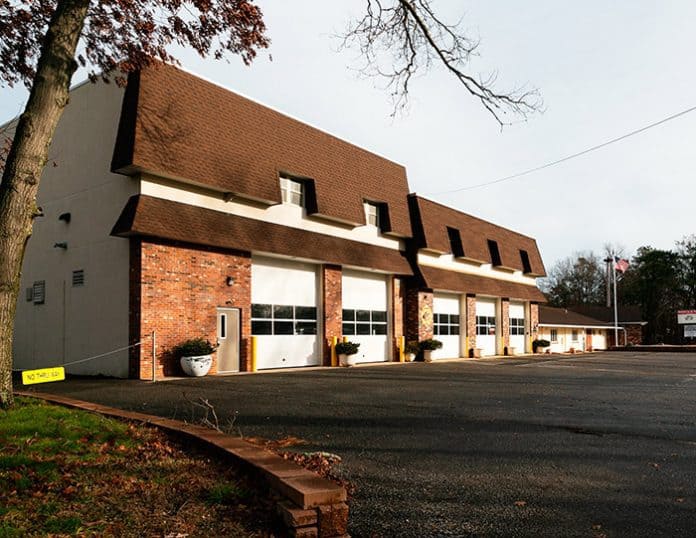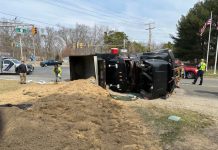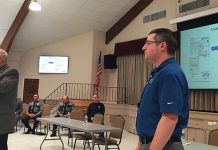
MANCHESTER – Nobody expected a Superstorm Sandy.
Power was out for days after the largest-by-diameter Atlantic hurricane on record storm slammed into New Jersey and New York Oct. 29, 2012. And while the focus has rightly been on those shore towns that, even six years later, are still rebuilding, municipalities inland had their own lessons to learn.
Before Superstorm Sandy, the only emergency services in Manchester Township that had emergency generators were the Whiting Firehouse, Whiting First Aid, and the township municipal complex where Manchester Township Police are housed.
The township has remedied that situation, ensuring that all emergency services throughout the township have power if – or, when – another hurricane or other devastating event occurs.
The Manchester Township Council recently approved a donation of generators to the Manchester First Aid Squad, Manchester Township Volunteer Fire Company No. 1, and Ridgeway Volunteer Fire Company No. 1.
“The generators help achieve our goal of being able to provide emergency services to our residents no matter the situation,” Mayor Kenneth Palmer told The Manchester Times.
The township had purchased the generators and had them installed at those facilities by LaManna Electric.
Township Emergency Management Coordinator Arthur Abline said the cost of those generators, as well as one for the Public Works garage, cost $307,593.74. There is a five-year maintenance plan built into that cost.
“Government agencies were affected by Sandy in the aftermath in that Manchester Fire Company and Ridgeway Fire Company had no power to their buildings for days and eventually Manchester Fire Company borrowed a generator from Lakehurst Fire Company and Ridgeway Fire Company was using portable generators to power critical parts of their building,” Abline said. “As for the Municipal Complex, the Town Hall had no power to the Clerk’s office during an election and generators were utilized to supply power to that office.”
After Sandy, Abline drafted a list of items needed “in the event of another Sandy.” In addition to the generators for emergency services, he was able to secure a Hazard Mitigation Grant for $516,377 from the Federal Emergency Management Agency, with a match of 10 percent from the township. The township purchased a generator that could power the entire municipal complex.
A 2015 study conducted by FEMA in the aftermath of Superstorm Sandy concluded that governments, emergency services, hospitals, and other “critical facilities” should have more than adequate resources to ensure operations during and after devastating events.
“Regardless of the cause, the resulting loss of power to critical facilities providing much needed services during such events can be particularly devastating to communities, unless a reliable and sustained source of emergency power is provided. The continued operation of critical facilities is a key element of community resiliency,” the report concluded.






